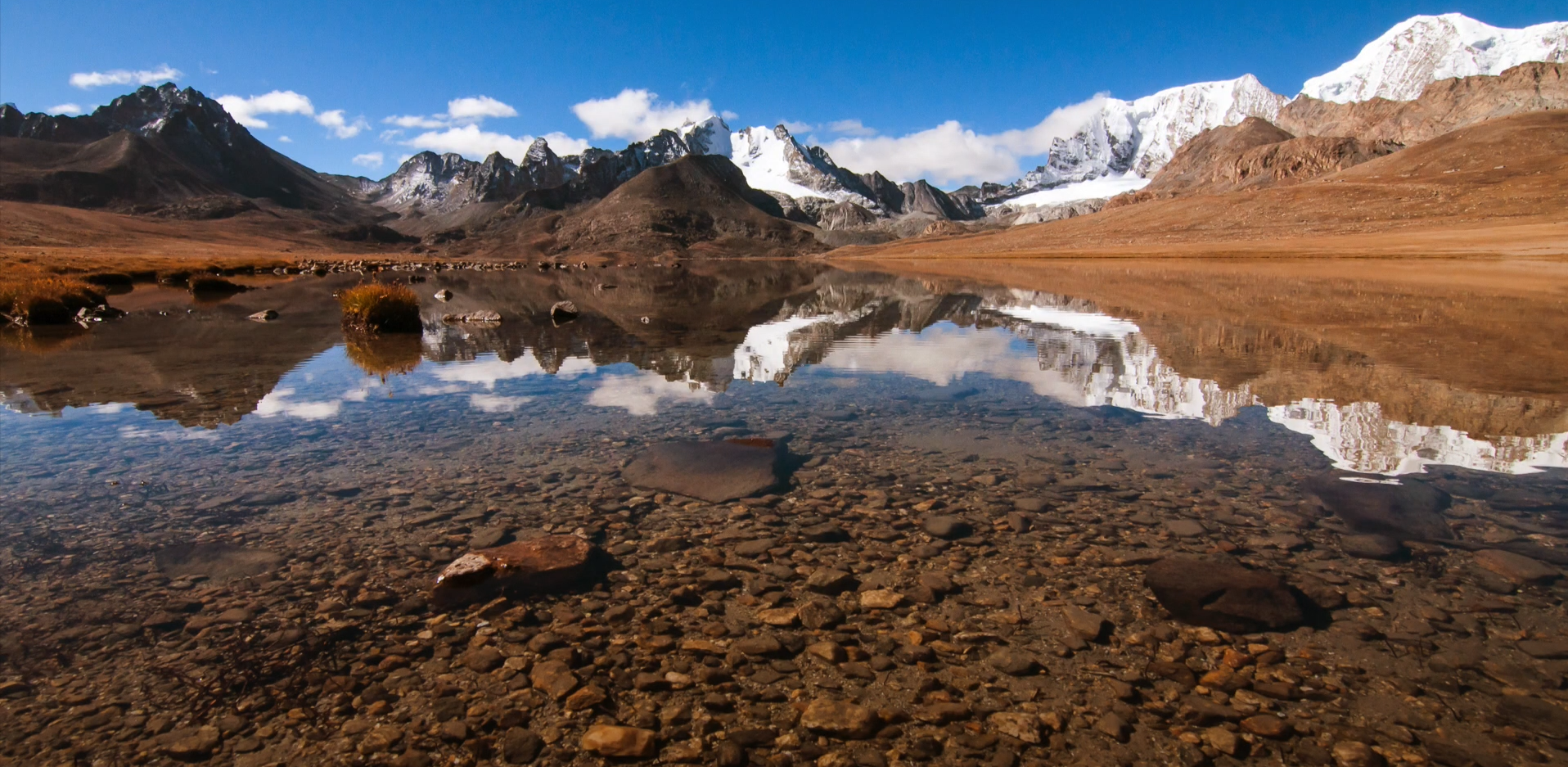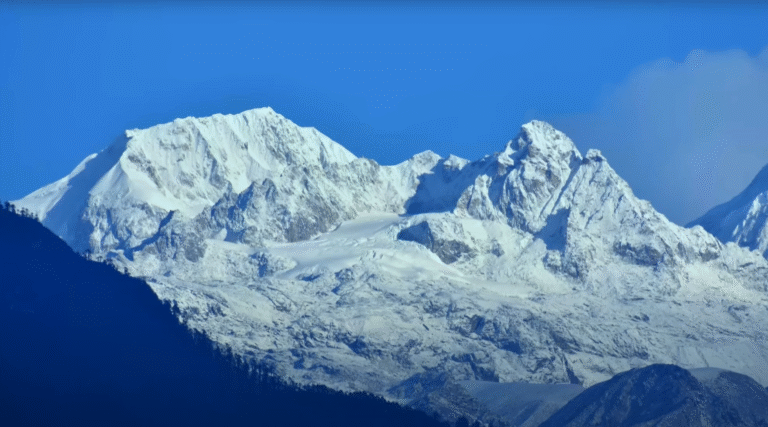Top 7 Lakes in Sikkim You Must Visit: A Complete Travel Guide

Introduction
Sikkim, nestled in the lap of the Himalayas, is not just about snow-capped mountains and monasteries—it is also home to some of the most stunning high-altitude lakes in the world. Known as the “Land of Lakes”, this small state is dotted with water bodies that are sacred, scenic, and spectacularly serene. From the shimmering Tsomgo Lake near Gangtok to the mystical Khecheopalri Lake in West Sikkim, each has a story to tell—of spirituality, natural beauty, and cultural heritage.
1. Tsomgo Lake (Changu Lake)
- Altitude: ~12,310 ft
- Location: 40 km from Gangtok, on the road to Nathula Pass
Why Visit?
Tsomgo Lake, also called Changu Lake, is a glacial lake that changes color with the seasons. In winter, it freezes into a sheet of ice, while in spring, it reflects blooming rhododendrons and alpine flowers. Yak and mule rides around the lake add to the charm.
Travel Tips
- Permits: Mandatory for both Indian and foreign tourists (arranged via tour operators).
- Best Time: March to May (flowers in bloom) and October to December (snow view).
- Nearby Attractions: Nathula Pass, Baba Mandir.
2. Gurudongmar Lake
- Altitude: ~17,800 ft (among the highest lakes in the world)
- Location: North Sikkim, near Lachen
Why Visit?
Surrounded by snow-capped mountains, Gurudongmar Lake is considered sacred by Buddhists, Hindus, and Sikhs. Despite its freezing altitude, a part of the lake never freezes, which adds to its mystical aura.
Travel Tips
- Permits: Compulsory (issued at Gangtok or Mangan). Foreigners are not allowed here.
- Best Time: April to June and September to November.
- Nearby Attractions: Chopta Valley, Lachen village.
- Tip: Carry warm clothes, stay hydrated, and beware of altitude sickness.
3. Khecheopalri Lake (Wishing Lake)
- Altitude: ~5,600 ft
- Location: Near Pelling, West Sikkim
Why Visit?
Also known as the “Wishing Lake”, Khecheopalri is believed to fulfill wishes. Sacred to both Buddhists and Hindus, it is said that not even a leaf floats on its surface—the birds pick them away. The lake is also an important stop during Buddhist festivals and pilgrimages.
Travel Tips
- Best Time: February to May and October to December.
- Nearby Attractions: Pemayangtse Monastery, Rabdentse Ruins, Kanchenjunga Falls.
- Activities: Meditation, cultural walks, photography.
4. Menmecho Lake
- Altitude: ~12,500 ft
- Location: East Sikkim, 20 km from Tsomgo Lake
Why Visit?
This offbeat lake is tucked between dense pine forests and is one of the main sources of the River Rangpo. Menmecho Lake is less touristy and offers a tranquil escape. It is also famous for trout fishing.
Travel Tips
- Best Time: May to October (after snow melts).
- Nearby Attractions: Nathang Valley, Old Silk Route.
- Permit: Required due to its proximity to the China border.
5. Lampokhari (Aritar Lake)
- Altitude: ~4,600 ft
- Location: Aritar, East Sikkim
Why Visit?
This boot-shaped lake is one of the few in Sikkim where boating is allowed. Surrounded by pine trees and monasteries, it’s perfect for a peaceful getaway.
Travel Tips
- Best Time: March to June, September to November.
- Nearby Attractions: Aritar Monastery, Mankhim viewpoint.
- Activities: Paddle boating, nature walks, homestays.
6. Samiti Lake
- Altitude: ~14,000 ft
- Location: On the Goechala Trek, West Sikkim
Why Visit?
Samiti Lake is a gem for trekkers. On the way to Goechala Pass, the lake offers a mirror-like reflection of Mt. Kanchenjunga on a clear day.
Travel Tips
- Best Time: October to November and March to May (during trekking season).
- Nearby Attractions: Dzongri trek points, Goechala viewpoint.
- Tip: Only accessible through trekking, so proper gear is a must.
7. Tso Lhamo Lake
- Altitude: ~17,500 ft
- Location: Near Gurudongmar, North Sikkim
Why Visit?
Tso Lhamo is one of the highest lakes in the world and the origin of the mighty Teesta River. Its remote location makes it less explored but equally mesmerizing.
Travel Tips
- Best Time: October and November (before snowfall).
- Permits: Difficult to obtain; usually arranged by registered travel agents.
- Nearby Attractions: Gurudongmar Lake, North Sikkim valleys.
8. Other Lesser-Known Lakes in Sikkim
- Kathok Lake (Yuksom): Sacred lake near Dubdi Monastery.
- Bidang Cho Lake: Remote, high-altitude beauty.
- Green Lake: Base camp trek for Mt. Kanchenjunga (requires expedition permits).
Permits & Travel Tips
- Permits: Most high-altitude lakes (Tsomgo, Gurudongmar, Tso Lhamo, Menmecho) require Protected Area Permits (PAP). Tour operators usually arrange these.
- Altitude Sickness: Acclimatize properly in Gangtok or Lachen before visiting higher lakes. Carry oxygen cans if needed.
- Clothing: Layered winter wear, gloves, and sturdy shoes are essential.
- Eco-Friendly Travel: These lakes are sacred—avoid littering, don’t feed animals, and respect local customs.
Best Time to Visit Lakes in Sikkim
- Summer (April–June): Pleasant weather, clear views, rhododendron bloom.
- Monsoon (July–September): Landslides & roadblocks—avoid travel.
- Autumn (October–November): Crystal clear skies, best for photography.
- Winter (December–March): Frozen lakes, extreme cold—adventurous but challenging.
Conclusion
Sikkim’s lakes are more than just natural wonders—they are windows into the state’s culture, spirituality, and Himalayan beauty. Whether it’s the sacred waters of Khecheopalri, the high-altitude adventure of Gurudongmar, or the trekking thrill of Samiti Lake, each offers a unique experience.
When you travel to these lakes, go beyond sightseeing—immerse yourself in the legends, respect the sanctity, and carry back not just photographs but soulful memories.

